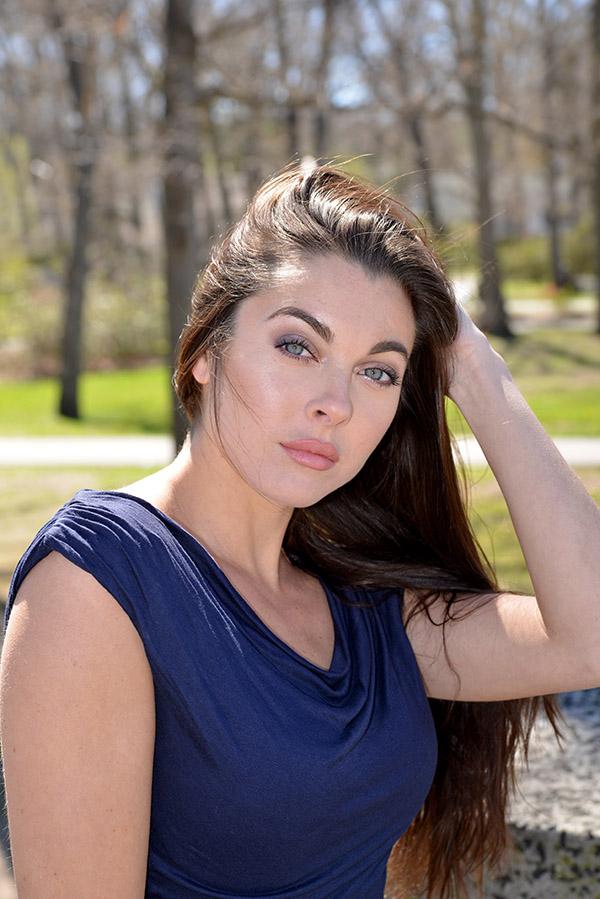Aperture Priority vs. Shutter Priority

Many, many years ago, in a silver halide universe far, far away, amateur photographers were divided into two camps. Their differences were not based on political orientation. And they had nothing to do with the Cold War, nationality, ideology or anything else so trivial. What was the division that separated otherwise rational people? Read on…
If you wanted to buy a 35mm SLR with auto exposure 40 years ago, you had to make a choice between Shutter Priority automation and Aperture Priority. Minolta, Nikon, Pentax and Olympus all went the Aperture Priority route. Canon offered Shutter Priority.
Later these two camps more-or-less merged when SLRs with Program AE appeared, but even then most photographers clung to one method or the other, even when their cameras offered both options. Times have changed, but physics hasn’t.
There are some very important reasons why you should use Shutter Priority (sometimes) and Aperture Priority (sometimes).
Pros & Cons
Shutter Priority is an auto exposure system in which the camera achieves correct exposure by selecting the appropriate aperture after the user has selected a shutter speed.
Conversely, Aperture Priority is an auto exposure system in which the camera achieves correct exposure by selecting the correct shutter speed after the user has selected an aperture.
These two exposure modes provide more control than Program AE but less than Manual mode. Program AE is an auto exposure system in which the camera achieves correct exposure by selecting the shutter speed and aperture from a predetermined table.
The Canon (Shutter Priority) crowd argued that it was better to set the camera’s shutter speed and allow the camera to respond by setting the appropriate f/stop. They claimed—and rightfully so—that by choosing a fast shutter speed it was easier to control camera shake and to stop subject movement.
Minolta, Nikon, Pentax and Olympus (Aperture Priority) followers insisted that setting the aperture was the preferred method because it gave the user full control over the depth-of-field and allowed the user to preselect the optimum aperture for any lens.
Both arguments are correct, each in its own way.
Controlling Depth of Field
Having control over the DOF is very important in more situations than not. When shooting portraits, for example, it’s desirable to force the background to blur by using a large aperture.
This effect separates the subject from what’s behind them and gives the appearance of accentuated sharpness. It also allows you to deemphasize distracting backgrounds by making them fuzzy and indistinguishable, as in the image at the top of this article. Controlling DOF is similarly important when you want a larger zone in focus (greater DOF), such as when shooting close-ups or certain landscape scenes.

The IR image above was shot with a specially modified Nikon D5000 at f/5.6, the best aperture for the 17mm lens that was used. Controlling the aperture also allows you to select the “sweet f/stop” that delivers the sharpest images.
There are rare exceptions, but most lenses perform better when stopped down two or three f/stops. A typical 50mm f/1.4, for example, will yield better results at f/4 than it will at f/1.4. And contrary to intuitive logic, using an f/stop like f/22 that’s quite small introduces diffraction which robs the image of sharpness, despite the extended depth-of-field. (See my article on f/stops for more details.)
Controlling Shutter Speed
In Shutter Priority Mode, you set the shutter speed and the camera does the rest. Well, not quite. The argument that the Aperture Priority crowd often made was this: if you set a shutter speed that’s too high (1/250 sec indoors, for example) you’re likely to get no picture at all.
As a countermeasure, many cameras will warn you and then shift to a slower speed when it’s impossible to achieve correct exposure at the speed you selected. And some will even adjust the ISO.

This cardinal was shot with a Fujifilm X-S1 superzoom camera at 1/500 sec. Controlling the shutter speed means you can help prevent camera shake and more importantly, freeze subject movement. If you’re shooting a track and field event, for example, or a little league game, you can use a very fast shutter speed to stop motion.
You should be fully familiar with both the A and S Modes and use them when appropriate. Many beginning photographers leave their camera set on Program and wonder why even their best images are not quite as good as they could be. Using the most appropriate exposure mode makes a world of difference, just as it did 40 years ago.
—Jon Sienkiewicz











































